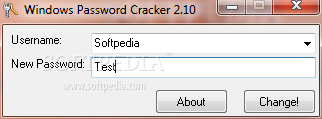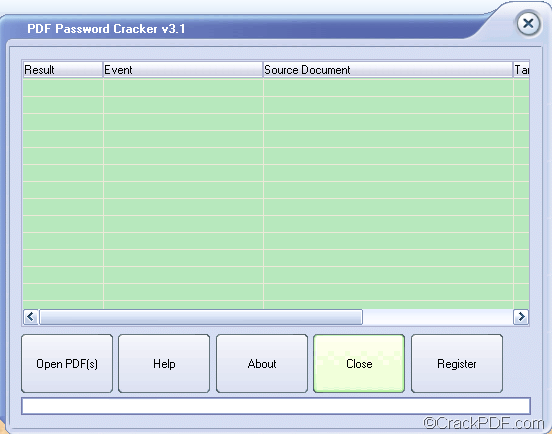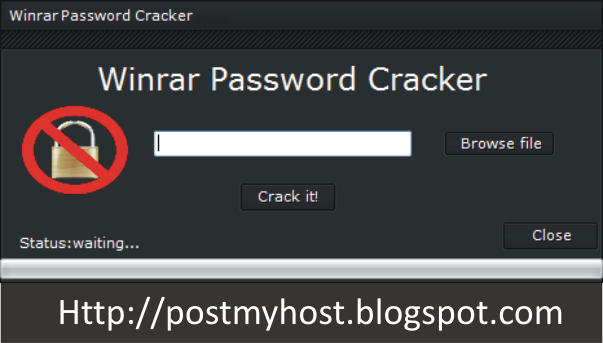
Data is sold to advertisers without your consent to help them improve their marketing.īreaking into online accounts can be like cracking open a bank vault: everything from bank accounts to tax information can be found online. Infecting a site or its visitors with activity-tracking malware - commonly spyware.Rerouting a website’s traffic to commissioned ad sites.Putting spam ads on a well-traveled site to make money each time an ad is clicked or viewed by visitors.Hackers can exploit a website alongside others to earn advertising commissions. Profiting from ads or collecting activity data. Hijacking your system for malicious activity.


Here’s how hackers benefit from brute force attacks: While technology does make it easier, you might still question: why would someone do this? What do hackers gain from Brute Force Attacks?īrute force attackers have to put in a bit of effort to make these schemes pay off. Because depending on the length and complexity of the password, cracking it can take anywhere from a few seconds to many years. This is an old attack method, but it's still effective and popular with hackers. These attacks are done by ‘brute force’ meaning they use excessive forceful attempts to try and ‘force’ their way into your private account(s). Hackers work through all possible combinations hoping to guess correctly. A platform applicable to IT systems in order to avoid identity theft.A brute force attack uses trial-and-error to guess login info, encryption keys, or find a hidden web page. Therefore, My-ID is an innovative method for systems access that does not require any typing ( ). My-ID provides the use of multi-factor biometric recognition (an SSO) in which the use of a password, a pin, a token is excluded ( ): the formula for accessing the system requires the recognition of several biometric factors ( ).
#Password cracker website code#
Using a method that does not require user and password typing but only biometric accreditation or the recognition with a QR Code associated, for example, with a code in an email that is scanned and recognized only by the a My-ID biometrically recognized identity ( ) could be a response to this type of attack.

Is it possible to avoid these attacks by not sending users and passwords? The answer is yes. These are techniques that can be used to find user access information.

Dictionary Attack or “direct mode”, is a very simple attack mode.Hashcat utils: small utilities for advanced password cracking with these utilities, different types of attacks can be implemented:.Hashcat is the world’s fastest and most advanced password recovery utility.There are tools, such as hashcat, capable of reaching levels of 100 GH (Giga Hash) in password cracking techniques, using the GPU in a suitable way instead of the CPU sequential calculation. You can also use OpenCL (Open Computer Language) (implemented by ) a standard used by AMD / ATI. When using CUDA, developers program in popular languages such as C, C ++, Fortran, Python, and MATLAB and express parallelism through extensions in the form of few basic keywords. In the GPU-accelerated applications, the sequential part of the workload runs on the CPU, optimized for single-threaded performance, while the compute-intensive application part runs on thousands of GPU cores in parallel.
#Password cracker website software#
APIs provided by graphics card manufacturers like Nvidia.ĬUDA (Compute Unified Device Architecture) development environment is used by software programmers to write applications which perform parallel computing on the NVIDIA video cards GPUs. The great speed of this software relies in the ability to use APIs on GPUs. There are highly advanced tools which allow password recovery which can also be used as a password cracker. Can you avoid these attacks by not sending users and passwords? There are many techniques that can be used to find information linked to users’ accesses.


 0 kommentar(er)
0 kommentar(er)
